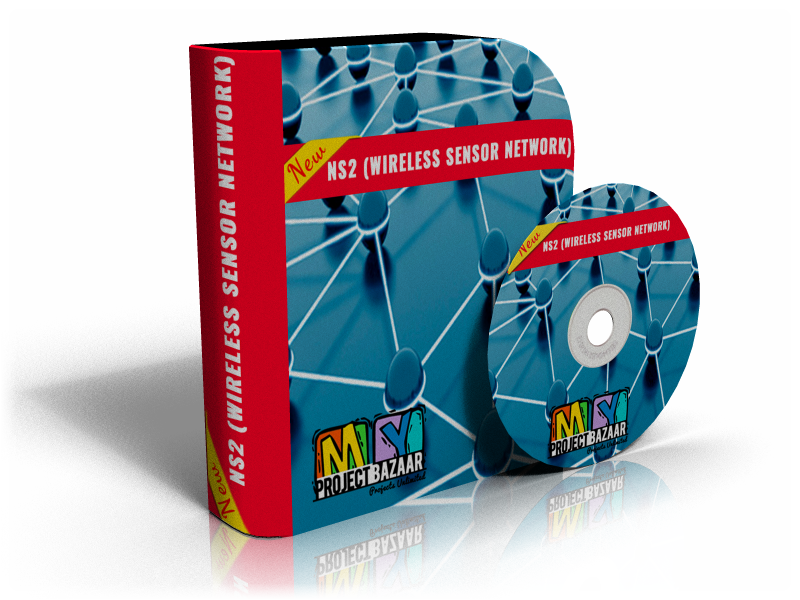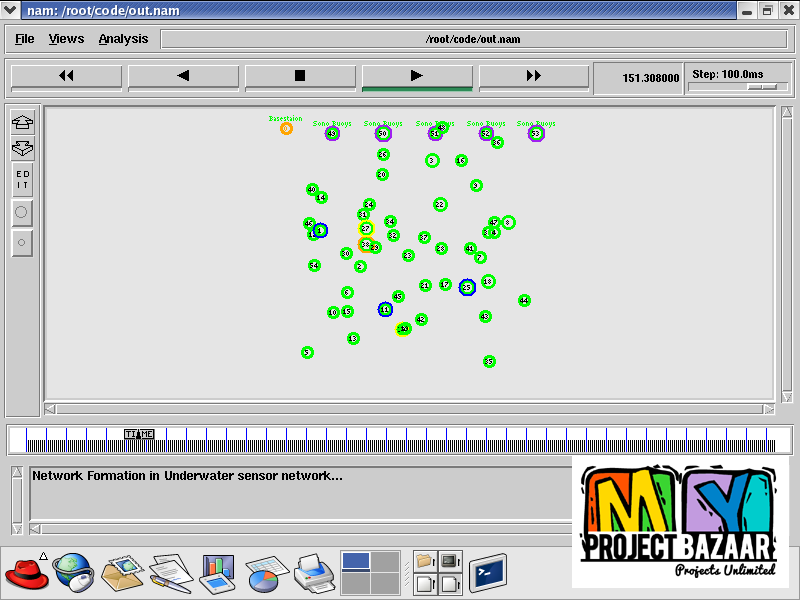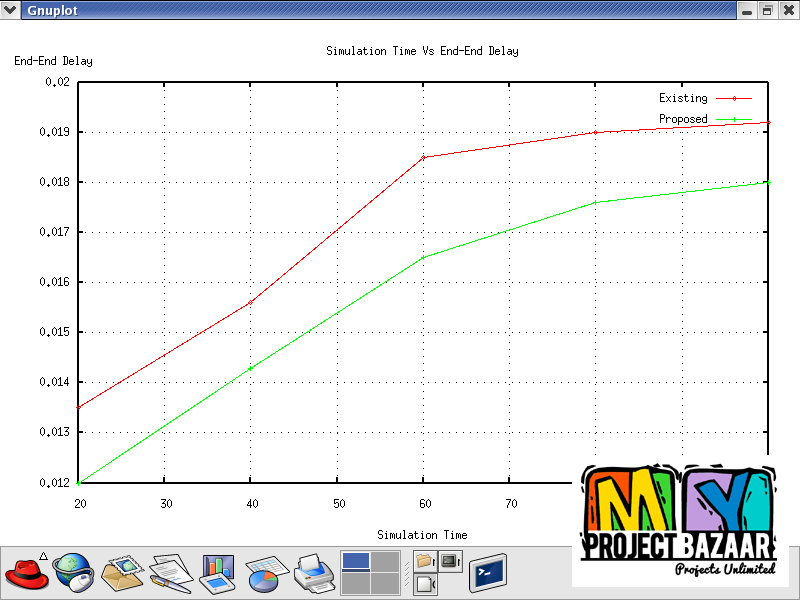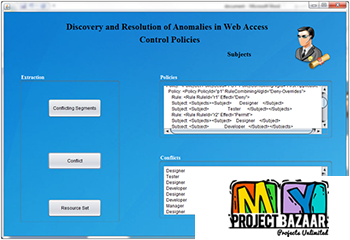
Geographic and Opportunistic Routing for Underwater Sensor Networks
Product Description
Geographic and Opportunistic Routing for Underwater Sensor Networks
Abstract— Geographic and Opportunistic Routing for Underwater Sensor Networks. Underwater wireless sensor networks < Final Year Projects 2016 > UWSNs have been showed as a promising technology to monitor and explore the oceans in lieu of traditional undersea wireline instruments. Nevertheless, the data gathering of UWSNs is still severely limited because of the acoustic channel communication characteristics. One way to improve the data collection in UWSNs is through the design of routing protocols considering the unique characteristics of the underwater acoustic communication and the highly dynamic network topology. In this paper, we propose the GEDAR routing protocol for UWSNs. GEDAR is an anycast, geographic and opportunistic routing protocol that routes data packets from sensor nodes to multiple sonobuoys (sinks) at the sea’s surface. When the node is in a communication void region, GEDAR switches to the recovery mode procedure which is based on topology control through the depth adjustment of the void nodes, instead of the traditional approaches using control messages to discover and maintain routing paths along void regions. Simulation results show that GEDAR significantly improves the network performance when compared with the baseline solutions, even in hard and difficult mobile scenarios of very sparse and very dense networks and for high network traffic loads.
Including Packages
Our Specialization
Support Service
Statistical Report

satisfied customers
3,589
Freelance projects
983
sales on Site
11,021
developers
175+
















